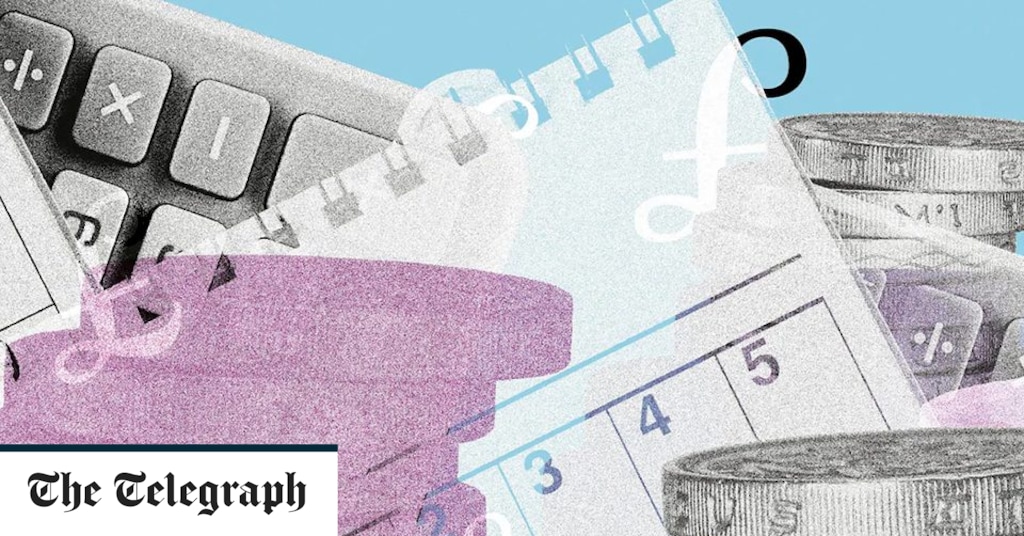This is the third in a five-part series looking at the best way to manage your pension spending, for those who have saved up £50,000, £100,000, £250,000, £500,000 and £1m in their nest egg. It will be published at 6am on Thursdays
We spend most of our lifetime saving into a pension so it is important to spend it properly in retirement. A £250,000 pot is a healthy size but does not mean you will be safe from running out of money. Planning, as always, is vital.
Those managing their own pensions must work out how to turn savings into an income that can lasts for decades.
How fast you draw down your pension depends on how much you need to cover living costs and when you will need it most. It will also depend on whether your pension is your only source of income in retirement or whether you have a final salary scheme, a second property or an Isa.
The state pension pays £9,110 per year to those older than 66. The average retiree needs £10,200 a year, £15,700 for a couple, according to the Pensions and Lifetime Savings Association, an industry body. But this does not include housing or care costs, so savers must plan for that themselves.
A comfortable standard of living would require £33,000 a year, according to the PLSA, meaning savers would have to top up the state pension with £23,890 a year. However, without an appropriate investment strategy this would run a £250,000 pot dry in just a decade.
However, combining investing and drawdown, investors can give themselves a fighting chance. If you withdrew £24,000 a year from age 66, a £250,000 pension pot, that grew at a rate of 5pc from investment returns, would run out of money in 12 years, according to John Fletcher, of wealth manager Brewin Dolphin. It pays to have a senisble strategy.
Pension drawdown calculator
Drawing down 5pc
Setting a fixed level of drawdown every year can be a good way to keep track of how long your pension will last. The “golden rule” of drawdown, widely used since the 1990s and intended to allow investors a decent income, has typically been 4pc. But those with a pot of £250,000 should be able to take more than that.
A pensioner who withdraws at a rate of 5pc every year, amounting to £12,500, would only run out of money by the time they reach the age of 102, Mr Fletcher said, assuming investments grew at 5pc per year as well.
That would provide a total income of £21,611 when combined with the state pension.
This is close to the PLSA’s "moderate living standard": an income of £20,200. This consists of a two-week holiday in Europe each year and a few trips to restaurants each month, according to the industry body.
The average life expectancy of a 66-year-old man is 85 and 87 for a woman, according to the Office for National Statistics show. The average man would have £161,455 and women £147,821 left in their pot when they die according to data compiled by Brewin Dolphin.
This means the pensioners could pass more onto their families or they can afford to take out lump sums when needed during retirement.
Drawing down 7pc
John Tait, of the retirement advice arm of Standard Life, said a £250,000 pot would offer someone a comfortable retirement, particularly if drawn down wisely and the income was planned out in advance.
Ask Kate a question | The Telegraph’s pensions doctor
Someone with a pot this size who retires at 66 could take a maximum annual income of £17,200 over a 29-year period, according to Standard Life’s online pension calculator. This is the equivalent of just under 7pc and would mean the pot lasted through to the age of 95.
The calculation takes into consideration tax implications and factors in a full state pension being received alongside the drawdown pot.
Take a tax-free lump sum
The first 25pc of your overall pension saving can be withdrawn tax free, while the rest is taxed at your marginal rate of income tax when you withdraw it. You can decide to take the entire 25pc portion in one go, or make multiple withdrawals, each time only being taxed on 75pc of whatever you take out.
If you have a pot of £250,000 you can take a tax- free lump sum of £62,500 at any point from the age of 55.
But those who make use of this must then be careful as the remainder of their pension pot will not provide an enormous amount of retirement income, said Pete Glancy of pension provider Scottish Widows.
If they opt for a fixed drawdown rate, they would have to settle for less income each year than they would otherwise have had.
























Comments